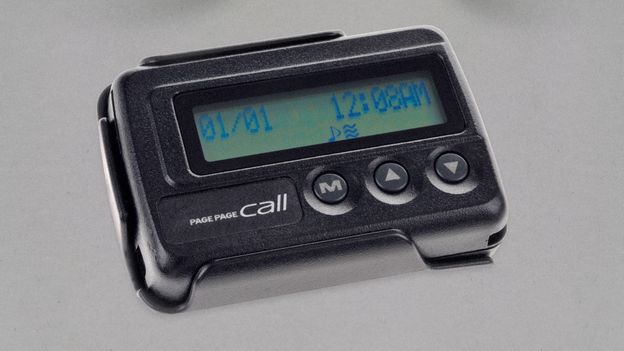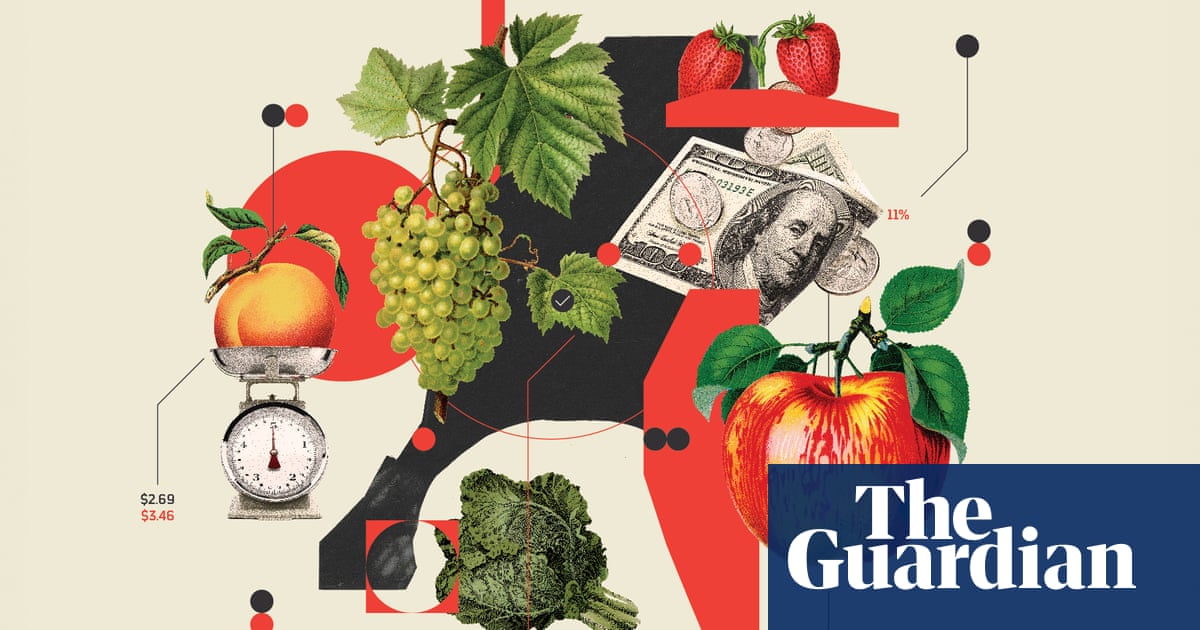
Dust Bowl - Wikipedia
The Dust Bowl was a period of severe dust storms that greatly damaged the ecology and agriculture of the American and Canadian prairies during the 1930s; severe drought and a failure to apply dryland farming methods to prevent the aeolian processes (wind erosion) caused the phenomenon.[1][2] The drought came in three waves, 1934, 1936, and 1939–1940, but some regions of the High Plains experienced drought conditions for as many as eight years.[3]
The Dust Bowl has been the subject of many cultural works, notably the novel The Grapes of Wrath (1939) by John Steinbeck, the folk music of Woody Guthrie, and photographs depicting the conditions of migrants by Dorothea Lange.
With insufficient understanding of the ecology of the plains, farmers had conducted extensive deep plowing of the virgin topsoil of the Great Plains during the previous decade; this had displaced the native, deep-rooted grasses that normally trapped soil and moisture even during periods of drought and high winds. The rapid mechanization of farm equipment, especially small gasoline tractors, and widespread use of the combine harvester contributed to farmers' decisions to convert arid grassland (much of which received no more than 10 inches (~250 mm) of precipitation per year) to cultivated cropland.[4] During the drought of the 1930s, the unanchored soil turned to dust, which the prevailing winds blew away in huge clouds that sometimes blackened the sky. These choking billows of dust – named "black blizzards" or "black rollers" – traveled cross country, reaching as far as the East Coast and striking such cities as New York City and Washington, D.C. On the plains, they often reduced visibility to 3 feet (1 m) or less. Associated Press reporter Robert E. Geiger happened to be in Boise City, Oklahoma, to witness the "Black Sunday" black blizzards of April 14, 1935; Edward Stanley, the Kansas City news editor of the Associated Press, coined the term "Dust Bowl" while rewriting Geiger's news story.[5][6]
While the term "the Dust Bowl" was originally a reference to the geographical area affected by the dust, today it usually refers to the event itself (the term "Dirty Thirties" is also sometimes used). The drought and erosion of the Dust Bowl affected 100,000,000 acres (400,000 km2) that centered on the panhandles of Texas and Oklahoma and touched adjacent sections of New Mexico, Colorado, and Kansas.[7] The Dust Bowl forced tens of thousands of poverty-stricken families, who were unable to pay mortgages or grow crops, to abandon their farms, and losses reached $25 million per day by 1936 (equivalent to $470,000,000 in 2020).[8][9] Many of these families, who were often known as "Okies" because so many of them came from Oklahoma, migrated to California and other states to find that the Great Depression had rendered economic conditions there little better than those they had left.






















